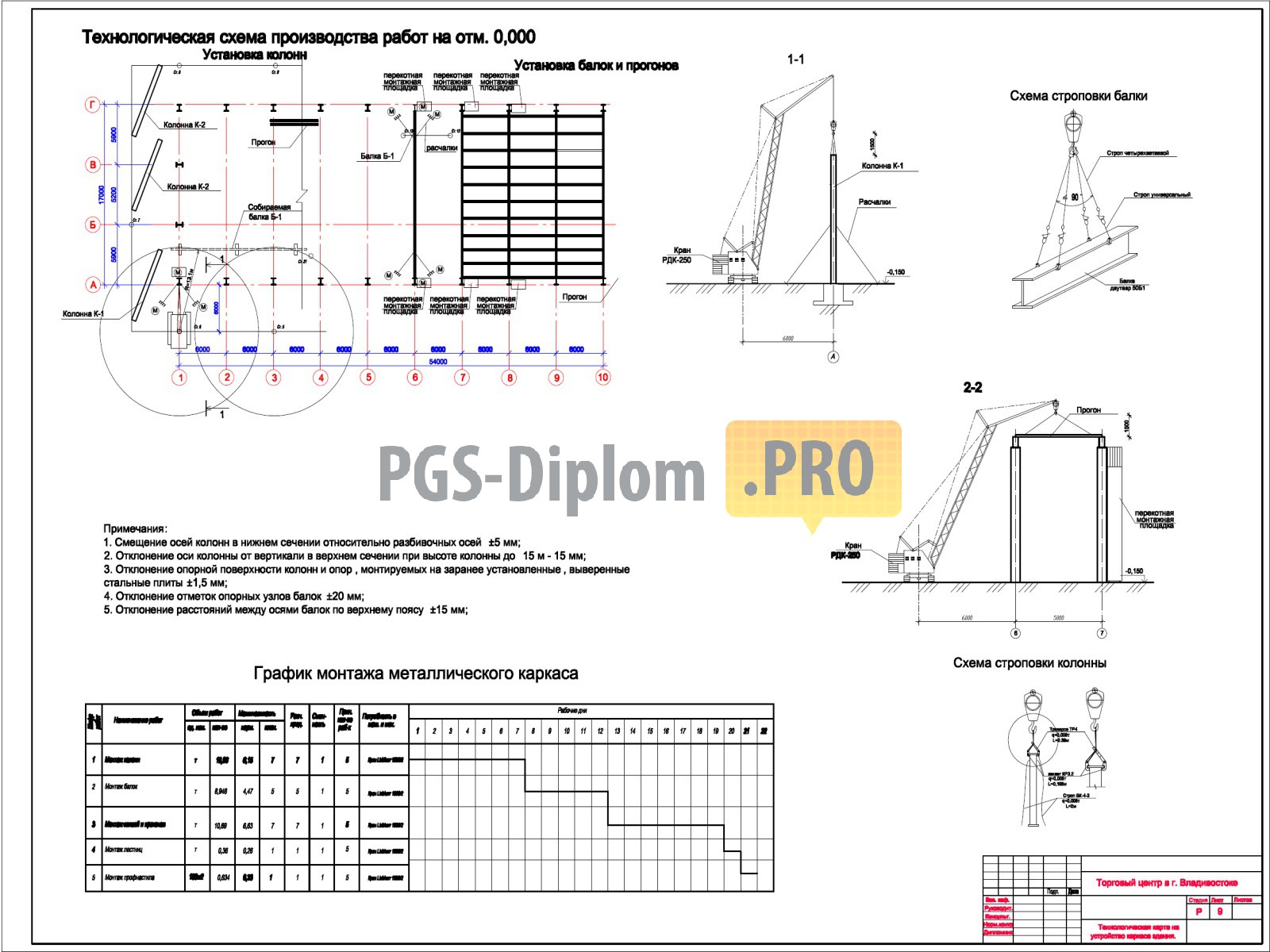Torgovo Razvlekateljnij Centr Dwg
Submitted 2 years ago by DarthMaddux. Is there an easy way to import a DWG file into Revit and convert it to an RVT? Import the.dwg into a drafting view in a Revit project created only for the purpose of converting details. Explode the.dwg and convert the lines/text to your Revit standards. Save and close this file, then use.
Save dupont lighter serial number to get e-mail alerts and updates on your eBay Feed. + Items in search results. ST Dupont Limited Edition. If the selling party does not picture the bottom of the lighter, where the serial number is, its Probably fake. If it looks the the numbers are lined up perfectly, if they are engraved, its fake. ST Dupont stamps their lighters with numbers not aligned in a straight line, some numbers looking higher or lower then others. Discover the world of S.T. Dupont, French luxury manufacturer of lighters, pens, leather goods, cufflinks, belts. St dupont lighter serial number. Lovely lighter! There are a bevy of S.T Dupont lighter fakes out there. It seems the only true way to tell if one is a fake is the look of the Serial numbers. The numbers should not be aligned. Each number is hand stamped separately. Somewhere I read that if one calls Dupont and give them the serial number, they will tell you if it is real or fake.
The Tagged Image File Format (.TIFF/.TIF) is a raster-based image format created in 1992 by Adobe. Raster-based graphics are created by coloring pixels in a document to create an image.
When raster graphics are enlarged above the resolution of their standard size they will become distorted or pixilated. The drawing (.DWG) file format is a vector-based image format originally developed in the late '70s for use with Computer-Aided Design (CAD) software. To convert between a raster graphic and a vector graphic, tracing conversion software must be used.

You can link or import dwg files into revit files (Insert/Link CAD), but they will simply be background linework which doesn't really gain you anything over just having a dwg file. If they are floor plans, etc you can trace over them with walls & doors to truly make them useful in Revit. Of course you will need level/3d information as well. If you are talking details, etc, you can import them into views or families, but in the long run it's much better to trace them into native revit linework/hatch areas as dwgs tend to negatively impact revit file performance. For details, first convert all linework to a single ACAD layer, then purge all unused layers.

Import the.dwg into a drafting view in a Revit project created only for the purpose of converting details. Explode the.dwg and convert the lines/text to your Revit standards. Save and close this file, then use the 'Insert from File' command to insert the detail into your project or template. For 3D CAD files or floor plans, you just have to model in Revit using them as a reference/linked background. It actually works really well for the purpose it is meant to serve.
It turns every line you pick into a wall. The limitations are too great to be useful without some major code rewrites, though. The location line of the wall is set to Wall Centerline by default, and if I recall correctly the height does not end on the level above, rather an arbitrary dimension like 10'-0'. I looked at the code briefly to see if I could massage it into a more useful state, but I don't know C# or the Revit API well enough to make it better.
The above discussion seems pretty close to the reality of translating any model across platforms. Depending on your intentions with these Autocad, I see two methods that you can follow to transfer AutoCAD to Revit. • If you are simply interested in translating the lines (2D not 3D) for a background you should just link the AutoCAD file and make any adjustments in the AutoCAD file for color/lineweight/pattern. Importing for a background will bring a lot of extra data into your model that is very difficult to purge. For details however, you can take some steps to clean the CAD file before importing it into a drafting view. Turn everything on, I mean everything, and then use tools like explode, flatten, overkill, and purge.